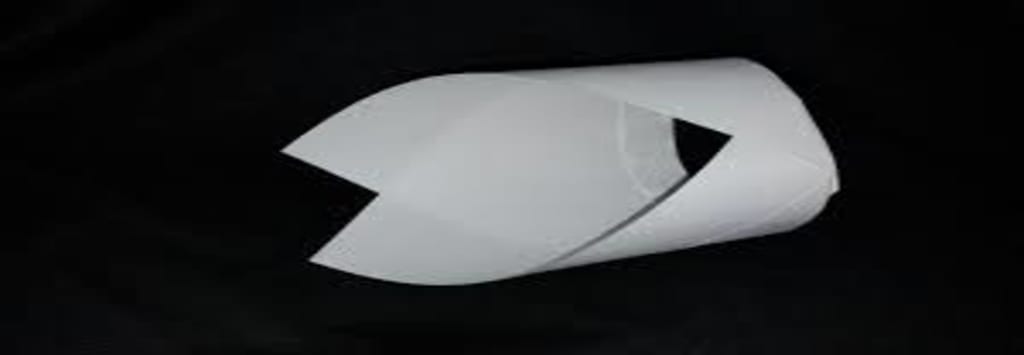Design and Test a Ring Glider
Shared by Girl Day Innovator: Phillips 66
Explore flight beyond the typical paper airplane.
Recommended Grades: 3rd, 4th, 5th, 6th

The Challenge: Create a ring glider to fly high and far
Recommended Materials:
- Paper - different sizes and types for experimentation (newspaper, 8.5x11 printer paper, magazine paper, etc.)
- Tape (optional)
- Rule or tape measure
- Ring Wing Template (optional)
Procedures (from JPL Education - The Ring Wing Glider):
1. Fold a piece of 8.5- x 11-inch paper diagonally as shown in diagram 1.
2. Make a 1/2-inch fold along the previously folded edge.
3. Make a second 1/2-inch fold.
4. Curl the ends of the paper to make a ring and tuck one end into the fold of the other.
5. Gently grasp the “V” between the two “crown points” with your thumb and index finger.
6. Toss the glider lightly forward. Note: The folds in the paper make the airplane’s front end heavy and the back end light. Curling the ends to make a ring changes the shape of the wing and improves the wing’s flight performance.
Discussion (from JPL Education - The Ring Wing Glider):
- What did you notice about the flight of your aircraft? Does it repeat the pattern each time you fly it?
- Make one change to your aircraft to enable a change in flight, then fly your aircraft several times. How did the flight characteristics change with your wing change? What is the cause-effect relationship between your change and the flight change?
- Decide what constitutes the "best" flight. Is it distance? Hangtime? Loops? Once the criteria is determined, embark on creating the best ring wing glider you can.
Check out the Activity Video for a demo of a ring glider and for more resources and activities.
Watch the short video above of a ring glider being created and tested. The ring-designed glider creates maximum lift despite its unconventional shape.
How does this activity connect to STEM and today's Girl Day theme of Imagining Beyond: Sky and Space? The ring glider doesn't look like it should fly as well as it does. It is not made the same as a traditional paper airplane but it flies just as well. Engineers often have to think creatively to come up with solutions. There may be 2 or more completely different ways to solve a challenge, just like the ring glider and a paper airplane are 2 ways to create something that flies through the air. Engineers have to imagine beyond and get creative all the time. How can you get even more creative and "imagine beyond" to make your ring glider fly even better?
About Phillips 66

Providing Energy. Improving Lives.
We are excited about the future of energy. Our advantaged and nimble company is full of seasoned leadership and talented teams making responsible choices to adapt and explore the opportunities the changing market brings.
We do this while living out our values of safety, honor and commitment; improving lives by providing access to the energy which is essential to a high standard of living and health throughout the world.
Our employees, suppliers and partners share this vision to provide energy and improve lives. Our hard work, and team work, keeps energy flowing. We do the work that makes the world work.
Discover more engineer-inspired creations you can build yourself or teach others on the #ThinkLIkeAnEngineer YouTube playlist:
- Finger Boomerang
- Wind Up Racer
- Spoonapult
Phillips 66 is proud to be a sponsor of the #ThinkLikeAnEngineer program by Baylor College of Medicine. For teacher guides and more, visit https://www.bioedonline.org/lessons-and-more/teacher-guides/think-like-an-engineer/.

